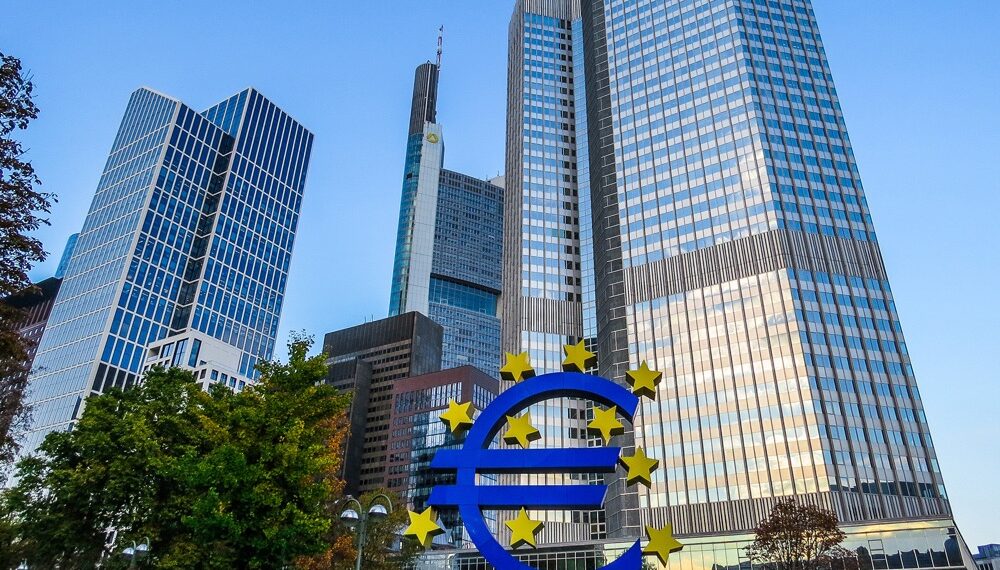The European Central Bank (ECB) is expected to reduce interest rates for the seventh consecutive time on Thursday as a result of concerns over sluggish economic growth and intensified by US President Donald Trump’s aggressive tariff proposals. This anticipated quarter-point cut of the benchmark rate to 2.25% is intended to lower borrowing costs and stimulate spending and bolster economic activity across the 20 eurozone nations.
On March 6, ECB President Christine Lagarde said the bank may pause its rate-cutting cycle. However, Trump’s April 2 announcement of steep tariffs on global trading partners ranging from 10% to 49% sent markets into a tizzy and raised fears of economic slowdown. The ECB, which raised rates sharply from 2022 to 2023 to curb inflation, now faces a different challenge. The 2.2% March inflation rate is near the 2% target and eurozone growth is 0.2% in late 2024, so the focus has shifted to sustaining economic momentum.
Lower interest rates are intended to lower the cost of loans, encouraging consumers to purchase goods and services and businesses to make investments, from homes to industrial equipment. Trump’s tariffs, which are currently paused for 90 days, include a proposed 20% rate on European goods and a 25% levy on autos, which threatens Europe’s vital trade relationship with the U.S., its largest partner. Daily transatlantic trade of €4.4 billion ($5 billion) underscores the stakes, with potential cost increases risking slower growth or recession.
Analysts expect the ECB’s Frankfurt meeting to prioritize countering these trade-related uncertainties. The rate cut is a proactive measure to shield the eurozone, and the auto industry, from tariff impacts. But the temporary tariff suspension creates uncertainty, which may delay business decisions as firms wait for the final rates to be decided. Economists at Berenberg Bank predict negotiations may lower tariffs to 12% by mid-2025, still above pre-Trump levels, and auto tariffs remain a persistent threat.
The ECB’s move signals vigilance as Trump’s policies loom large. The bank’s easing of monetary policy aims to sustain confidence and growth but the outcome depends on global trade developments. Europe’s economic resilience will be tested as it navigates this turbulent landscape, balancing domestic priorities with external pressures.










